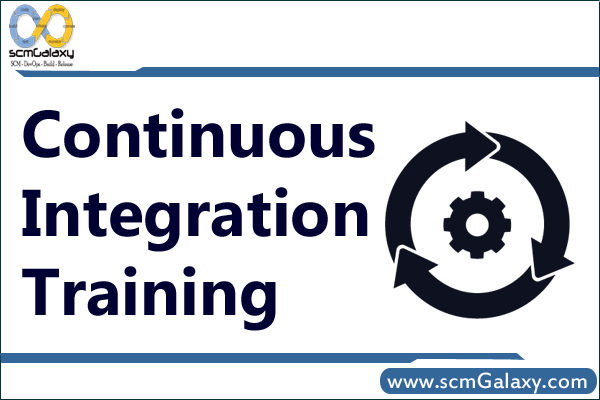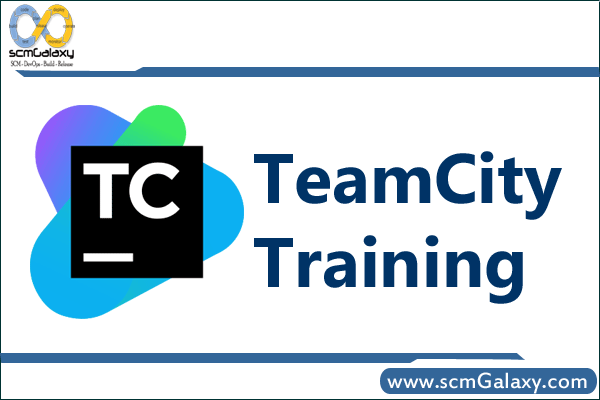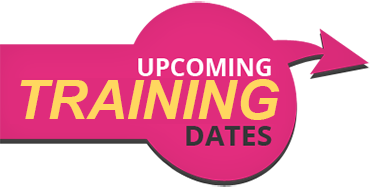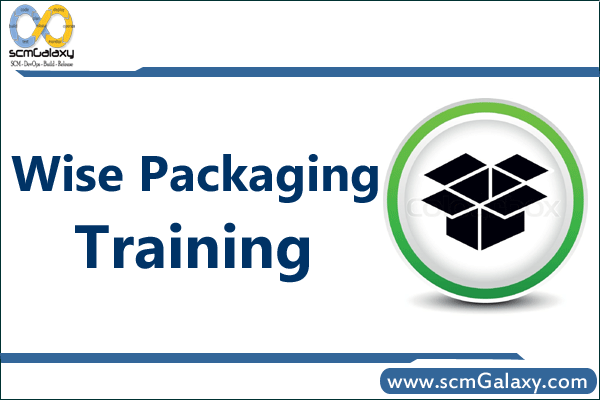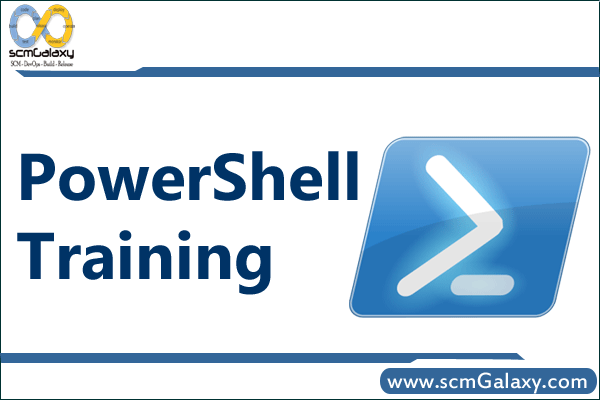
PowerShell for Developers
This course is about the stuff you do everyday – working with code and Visual Studio, source control, building software, etc – and how you can apply PowerShell to make these things easier on you.
scmGalaxy is a community initiatives based on Software configuration management that helps community members to optimize their software development process, Software Development Life Cycle optimization, Agile Methodologies and improve productivity across all aspects of Java development, including Build Scripts, Testing, Issue Tracking, Continuous Integration, Code Quality and more. scmGalaxy group that helps organisations optimize their software development process. We provide consulting, training and mentoring services in Agile Development Practices such as Version Management, Continuous Integration, Build Management, Test-Driven Development, Acceptance-Test Driven Development, Build Automation, Code Quality Practices and Automated Testing.
We provide job oriented training in the area of Configuration management, Build and Release Engineering. Candidates with engineering or software background and looking to either start or change their career to Build and Release Engineering, would benefit most from this training. Instructor-led training course offered in India, Bangalore, Delhi, Pune, Mumbai and Hydrabad. Instructor is an expert in Software configuration management, Build and release engineering with more than 15 years industry experience in india.The Goal of the course make the training attendants equip with all the concepts of build and release engineering.
Contact us at info@scmGalaxy.com
Course Objectives
To bring your team up to speed with agile development, We can also run the from Continuous Integration to Continuous Delivery with autoamted course within your premises.
Course Schedule
This course is an intensive 1-day & 2-day workshop with a mixture of teaching and lab exercises. Currently, this course is offered exclusively as an on-site course. Please contact us for more details.
Audience
This is a hands-on, practical course designed to teach specialised skills for real-world development situations. It is thus primarily aimed at a SCM Engineer, Build/Release Engineer and developer audience.
Approach
The course is modular and flexible – depending on specific student needs and requests. Through our trainings, you benefit from the wide experience and architectural expertise of our team. We bring that experience to you in an highly interactive, intensely hands-on setting.
Assumptions
We assume participants have a reasonable understanding of Development in any language as well as a basic understanding of the Software Development Life Cycle.
Lab Work
All our courses are above all practical in nature. We believe that the best way to learn is by doing. So the course contains approximately 80% lab work.
Learning Resources
Each registrant will receive a copy of the student notes and lab solutions, a certificate of completion, and a CD containing all the tools covered in the course and CD containing all the tools covered in the course.
Contact Us
This course is provided on-site, and can be tailored to your particular requirements. If you would like our trainings delivered at your premises, or for any additional information please contact us. Please email us at info@scmGalaxy.com | Call – +91 700 483 5930 | Skype – scmGalaxy
Course outline
The basic course program is outlined here:
Overview and PowerShell Primer
- Overview
- PowerShell Environments
- Expressions and Variables
- Flow Control
- Discover Stuff using Help
- Finding Commands and Making Mistakes
- Pipelines
- Members, Where-Object, and Foreach-Object
- Scripts and Execution Policy
- Module Summary
- Get-Help
Cutting Corners in Windows Explorer
- PowerShell and .NET
- Location, Location, Location
- PowerShell Drives
- The Item Cmdlets
- Invoke-Item
- Demo: Push-Project
- Functions
- Profiles
- Profiles and Hosts
- Push-Project Summary
- Module Summary
- Get-Help
Using .NET From PowerShell
- PowerShell and .NET
- Creating Objects
- Referencing Types
- Using Static Members
- Using Instance Members
- Handling Events
- More Handling Events
- Loading Assemblies
- Summary
- Demo: Sandbagging Automation
- The convertTo-Sandbags.ps1 Script
- Demo: Sandbagging Automation Revisited
- Get-Help
Creating a Rich Mercurial Environment in PowerShell
- PowerShell Commands vs. Console Applications
- Using Console Applications in PowerShell
- Demo: Capturing Commands as PowerShell Functions
- Supporting Pipeline Operations in Functions
- Customizing the PowerShell Prompt
- Demo: A Mercurial-Aware Prompt
- Demo: Automating Bisections – Introduction
- Demo: Automating Bisections – The Find-HgChangeset Function
- Demo: The Hg PowerShell Module
- Module Summary
- Get-Help
Expanding PowerShell with Existing Modules
- A Toast … to PowerShell Modules!
- Where You Find PowerShell Modules
- Useful Modules for Software Developers
- Demo: Module Discovery
- Demo: Manual Module Installation
- Module Summary
- Get-Help
Automating Builds with Psake
- The nature of the Build
- Installing Psake
- Creating a Psake Build Script
- Running a Psake Build Script
- Documenting a Psake Build Script
- Building Visual Studio Projects
- Tangent: Why Psake > MSBuild
- Demo: The PackageZip Task
- Demo: Configuring the Build
- Demo: Running Psake Builds in TeamCity
- Module Summary
- Get-Help
Automating Visual Studio with StudioShell
- Introducing StudioShell
- Exploring Visual Studio Features with StudioShell
- Demo: Configuring Window Layouts
- Demo: Adding Psake Build Menu Items – Overview
- Demo: Adding Psake Build Menu Items
- Demo: Capturing Changes in a Solution Module
- Demo: Conditional Refactoring – Overview
- Demo: Conditional Refactoring – Strategy
- Demo: Conditional Refactoring – Scaling
- Module Summary
- Get-Help
